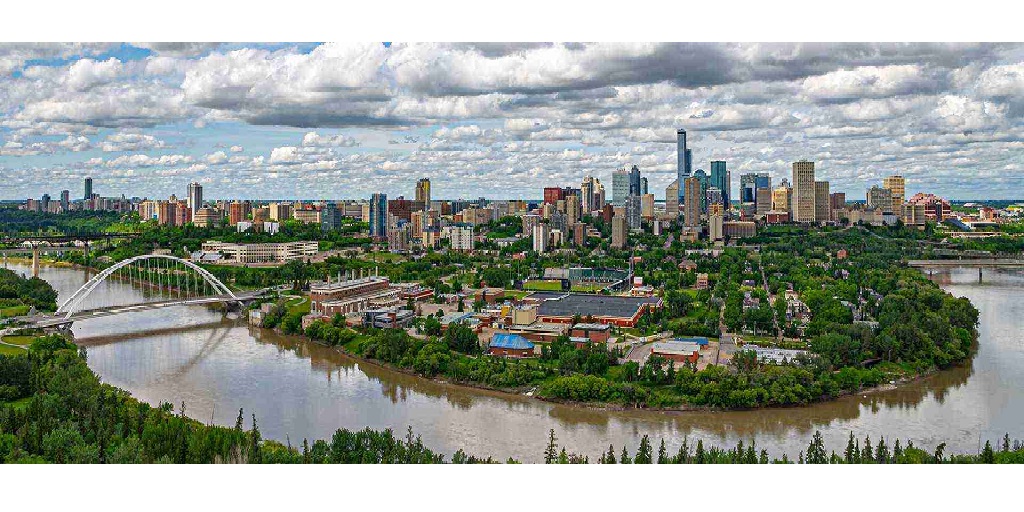
When applying for a development or building permit on commercial property, there’s one critical document that municipalities often demand before giving the green light: a Real Property Report (RPR). In Edmonton, securing a Commercial Real Property Report is more than just a bureaucratic step — it’s a foundational requirement that can either accelerate your project or delay it significantly.
But why is this document so important? And why are municipalities so strict about it?
What Is a Commercial Real Property Report?
A Commercial Real Property Report in Edmonton refers to a legal document prepared by a licensed land surveyor. It provides a detailed illustration and written description of a commercial property’s physical boundaries, structures, improvements, and encroachments relative to municipal bylaws, property lines, easements, and right-of-ways.
Unlike residential RPRs, commercial RPRs often cover more complex parcels of land, involving multi-use spaces, public access considerations, utility corridors, and shared property components. This added complexity makes accuracy even more crucial.
Why Municipalities Rely on RPRs
Municipalities depend on RPRs to make informed decisions about land use and zoning compliance. Here’s why these reports are often non-negotiable:
1. Zoning and Setback Compliance
Before approving any commercial development, municipalities need assurance that existing or proposed structures do not violate zoning laws. A Commercial Real Property Report in Edmonton confirms that the property’s buildings and other developments (like parking lots or signage) meet required setbacks, height restrictions, and other zoning parameters.
2. Encroachment Identification
An RPR identifies whether any part of the building or improvements encroaches onto municipal land or a neighbouring property. Encroachments can cause significant legal and logistical issues, especially in commercial developments that may involve multiple stakeholders. Municipalities often require encroachment agreements or corrections before permits are issued.
3. Risk Reduction for the Public
Municipalities are tasked with protecting public spaces and ensuring that developments do not create safety hazards or access issues. By reviewing a Commercial RPR, they can identify potential concerns such as improperly placed fences, loading zones that interfere with sidewalks, or accessibility issues.
4. Historical Record and Transparency
An RPR becomes a part of the municipality’s permanent record for the property. It aids in future city planning, infrastructure upgrades, and dispute resolution. For instance, if a developer applies to build on an adjacent lot years later, the city can reference the previous RPR to better assess the impact.
What Happens If You Don’t Have an RPR?
In many cases, permit applications submitted without a current Commercial Real Property Report will be rejected or delayed. Municipal officials have no way to verify that the site complies with regulations without this visual and documented evidence.
Even if the project is small — like adding a sign, repaving a parking lot, or putting up a fence — the municipality may require an updated RPR to confirm that these additions won’t cause conflicts or violate codes.
When Is an RPR Considered “Current”?
A common mistake property owners make is assuming that their RPR from a few years ago is still valid. However, if any structural changes have been made since that report was issued — even minor ones — the RPR is considered outdated. Municipalities will require a new or updated report that reflects all current features.
In commercial development, time is money. Don’t let paperwork hold your project back. A current and accurate RPR is not just a requirement — it’s your permit’s best friend.


